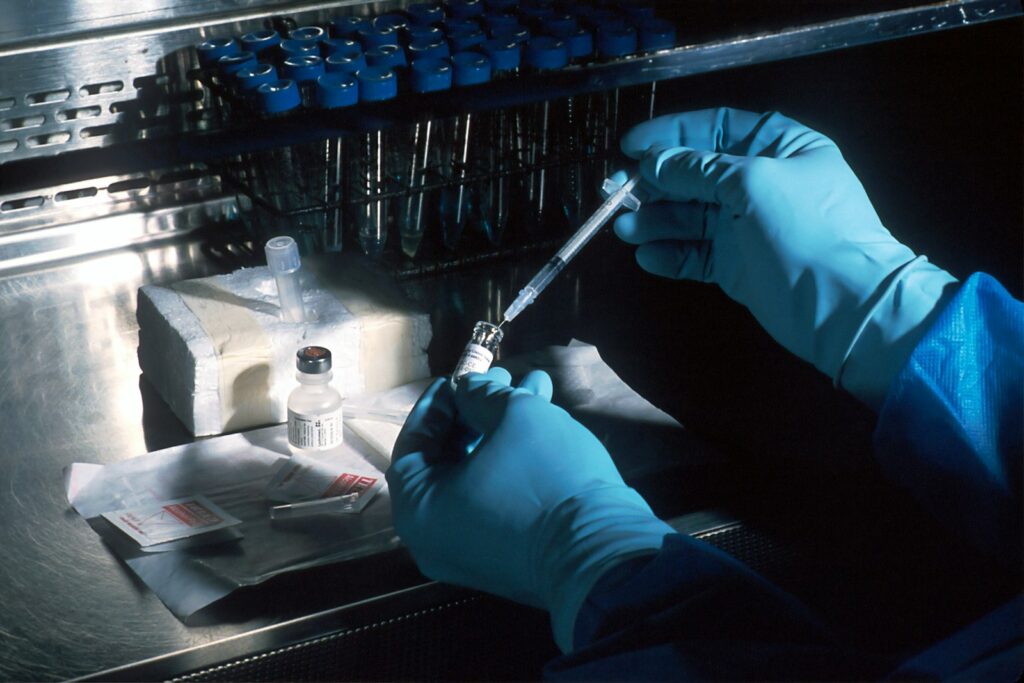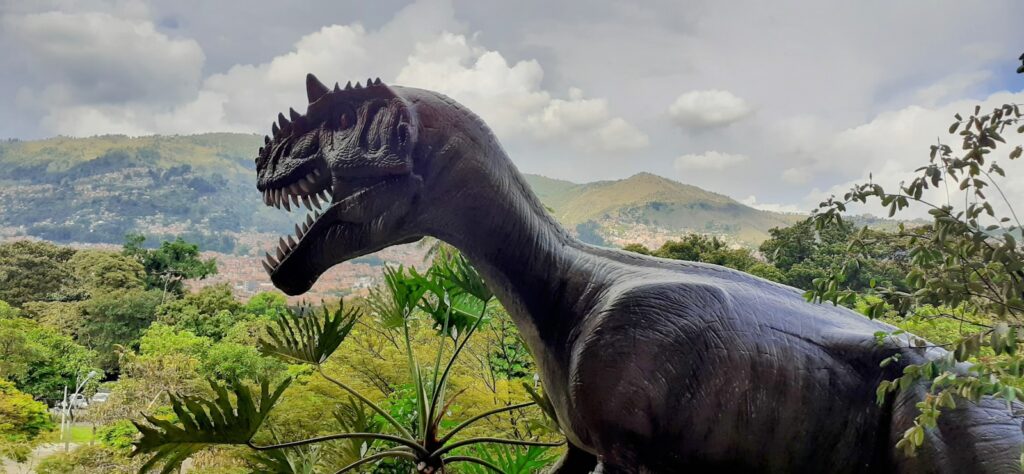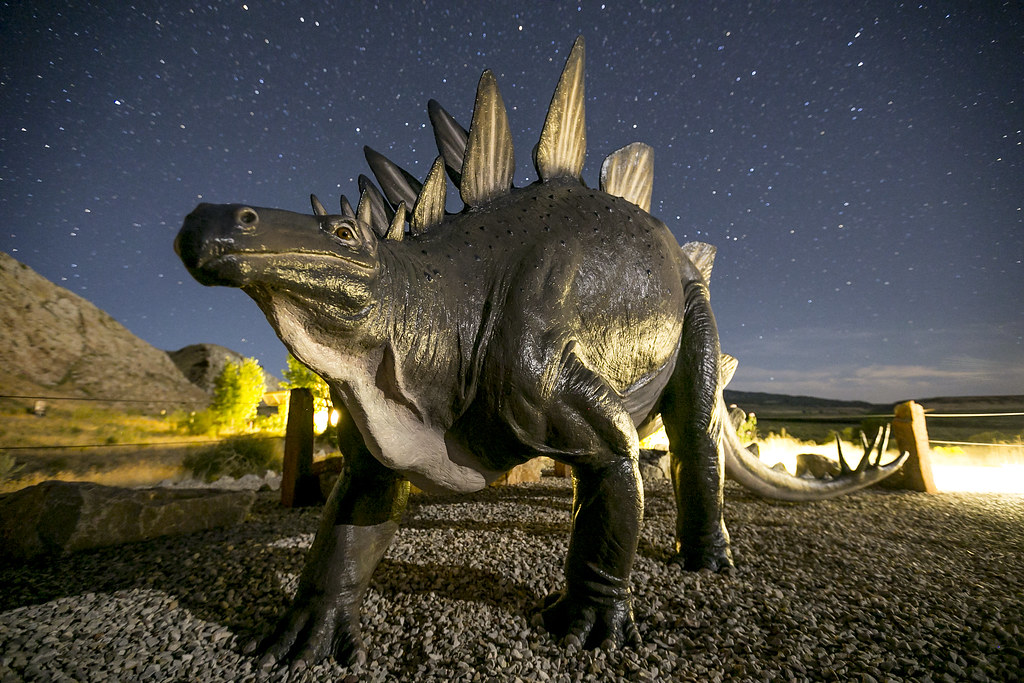Ever since that first magical moment when we watched a velociraptor hunt through the kitchen in Jurassic Park, millions of us have dreamed the same impossible dream: What if we could actually bring dinosaurs back to life? The idea seems so tantalizingly close to reality, especially when scientists regularly announce new discoveries about ancient DNA and genetic engineering breakthroughs. Yet despite decades of scientific advancement, the dream of walking alongside a living, breathing T-Rex remains frustratingly out of reach.
The harsh truth is that resurrecting dinosaurs faces obstacles so massive they make climbing Mount Everest look like a casual stroll. From the fundamental breakdown of genetic material over millions of years to the mind-bending complexity of recreating entire ecosystems, the challenges are staggering. But here’s what makes this topic absolutely fascinating: while traditional dinosaur resurrection might be impossible, some scientists are exploring a completely different approach that could potentially give us something remarkably close.
DNA Has an Expiration Date That’s Already Long Past
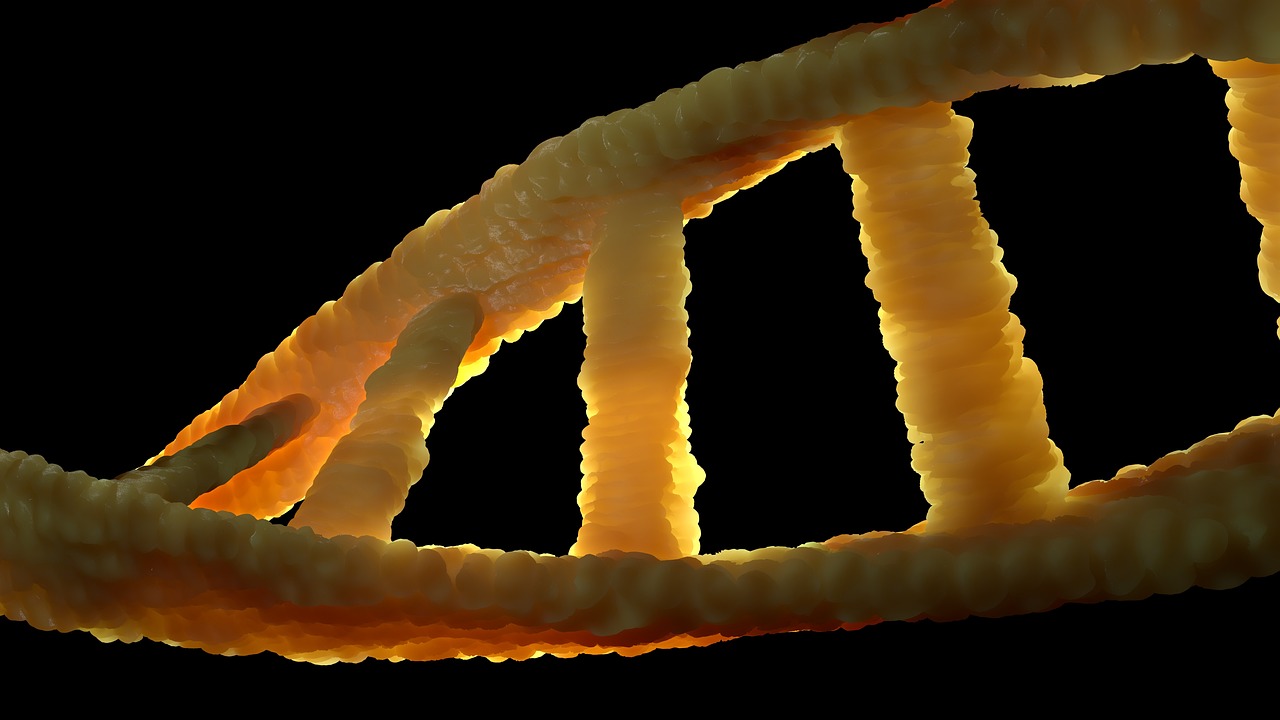
The most crushing blow to dinosaur resurrection comes from a simple biological fact: DNA doesn’t last forever. Think of genetic material like a book written in disappearing ink – over time, the letters fade and entire pages crumble away until nothing readable remains. Scientists have calculated that DNA has a half-life of approximately 521 years, meaning that even under perfect preservation conditions, genetic material becomes completely unreadable after about 6.8 million years.
The last dinosaurs died out 66 million years ago, making their DNA roughly ten times older than the absolute maximum survival limit. Even the most optimistic estimates suggest that finding intact dinosaur DNA is like trying to read a newspaper that’s been left outside for decades – the information has simply disintegrated beyond any hope of recovery.
This isn’t just theoretical speculation either. Despite countless attempts to extract DNA from dinosaur fossils, including bones, teeth, and even specimens preserved in amber, no legitimate dinosaur genetic material has ever been successfully recovered. The famous “mosquito in amber” scenario from Jurassic Park, while scientifically creative, faces the same fundamental problem of DNA degradation over geological time scales.
Fossilization Destroys the Very Thing We Need Most
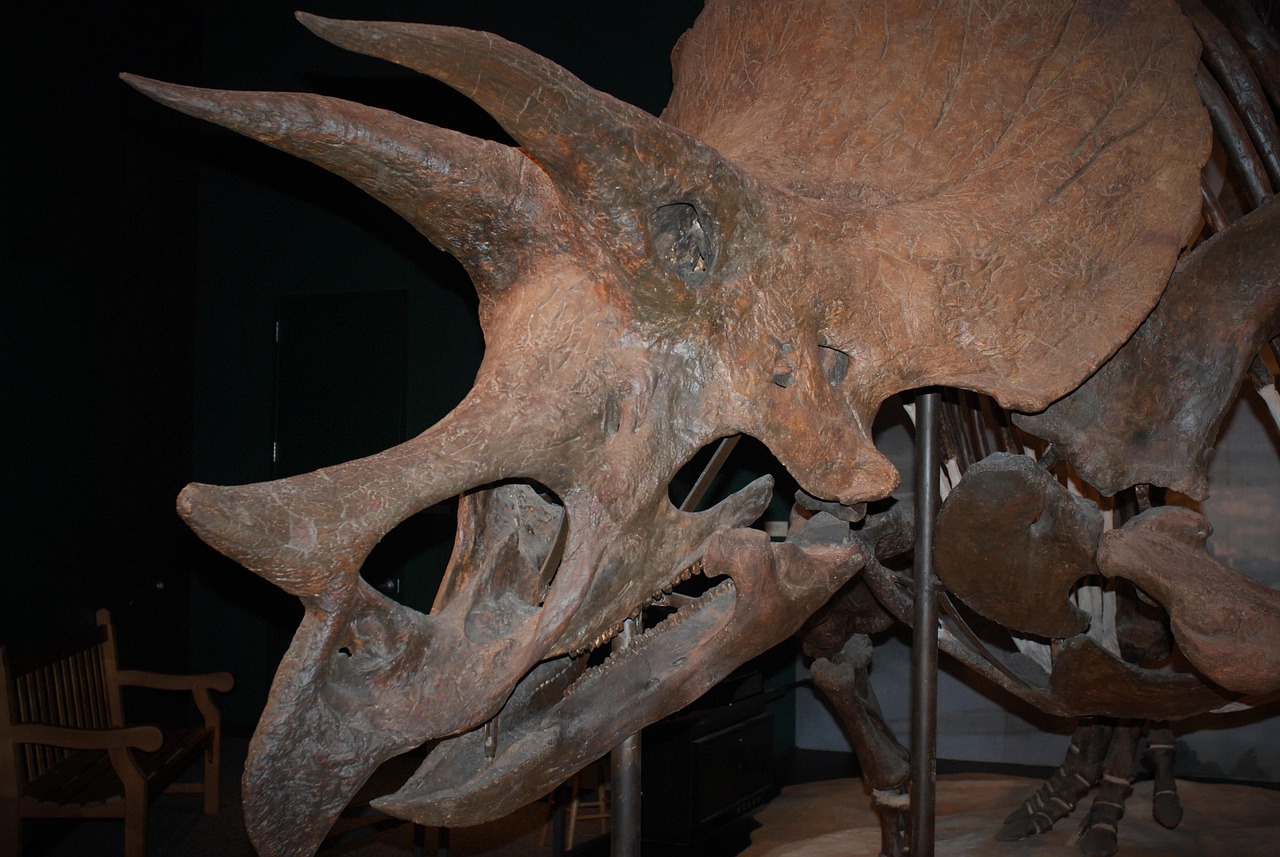
The process that gives us beautiful dinosaur fossils is ironically the same process that destroys any chance of genetic resurrection. When an animal dies and becomes fossilized, its soft tissues – including all the DNA-containing cells – decay and are gradually replaced by minerals. What we’re left with is essentially a stone sculpture of the original creature, not the creature itself.
Fossilization is like making a plaster cast of your hand – you get a perfect replica of the shape, but none of the living tissue that made your hand function. The mineral replacement process that creates fossils is so thorough that it eliminates every trace of organic material, leaving behind only the structural framework. Even in cases where scientists have found what appears to be preserved soft tissue, closer examination typically reveals that these are actually mineral deposits that happened to form in the same patterns as the original biological structures.
The few cases where scientists have claimed to find preserved dinosaur proteins or other organic compounds have been met with intense skepticism and have generally failed to be replicated by other research teams. The scientific consensus remains clear: fossilization and genetic preservation are fundamentally incompatible processes.
We’re Missing the Instruction Manual for Life
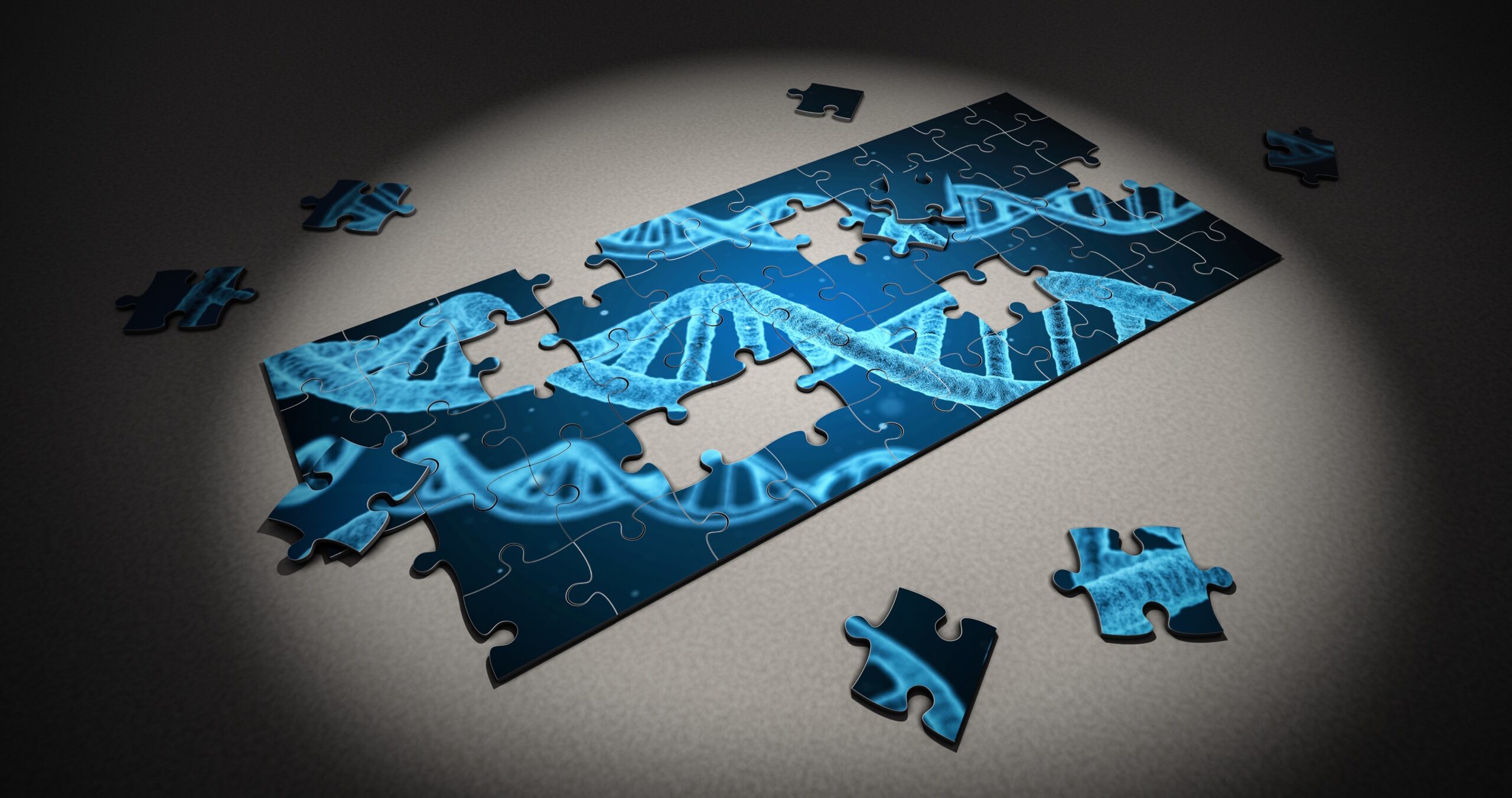
Even if we somehow managed to recover fragments of dinosaur DNA, we’d still face the monumental challenge of assembling a complete genetic blueprint. Modern genomes are incredibly complex – the human genome contains about 3 billion base pairs, and we’re still discovering new functions and interactions decades after mapping it. Dinosaur genomes would be equally complex, if not more so, containing millions of years of evolutionary information that we simply don’t understand.
Reconstructing a complete dinosaur genome from fragments would be like trying to rebuild a massive jigsaw puzzle when 99.9% of the pieces are missing, and you’ve never seen the original picture. We’d need to somehow fill in the gaps using genetic information from modern animals, but this creates a fundamental problem: we’d be making educated guesses about genetic sequences that control everything from bone development to organ function.
The margin for error in genetic reconstruction is essentially zero. A single mistake in a crucial gene sequence could result in an embryo that fails to develop properly or dies immediately after birth. Without a complete, accurate genetic blueprint, any attempt at resurrection would be building a house without architectural plans – the chances of success would be virtually nonexistent.
The Impossible Challenge of Creating Artificial Wombs
Let’s imagine for a moment that we somehow solved the DNA problem and successfully created a viable dinosaur embryo. We’d then face another seemingly insurmountable obstacle: where and how would this embryo develop? Modern mammals rely on incredibly complex interactions between mother and developing offspring, involving precise hormonal signals, nutritional exchange, and immune system coordination that took millions of years to evolve.
A dinosaur embryo would require an environment that could perfectly replicate the conditions inside a dinosaur egg or womb, depending on the species. This isn’t just a matter of maintaining the right temperature and humidity – it would involve creating artificial systems that could provide exactly the right nutrients at exactly the right times, while also protecting the developing embryo from infections and other complications.
Even our most advanced artificial womb technology, which is still largely experimental, is designed specifically for mammalian development. The physiological requirements for dinosaur development would be completely different and largely unknown. We’d essentially be trying to build a life support system for a creature we’ve never seen alive, based on guesswork about biological processes that haven’t existed for 66 million years.
Modern Ecosystems Can’t Support Prehistoric Giants
The environmental challenges facing resurrected dinosaurs would be staggering. The Earth of 66 million years ago was a completely different planet – atmospheric composition, climate patterns, plant life, and even the length of days were dramatically different from today. Many dinosaur species evolved to thrive in specific environmental conditions that simply no longer exist on modern Earth.
Consider the massive sauropods, some of which weighed as much as ten elephants. These creatures evolved in a world with much higher atmospheric carbon dioxide levels, which supported lush plant growth necessary to feed such enormous herbivores. Modern ecosystems couldn’t provide enough food to sustain populations of these giants, and their massive size would make them incredibly vulnerable to modern diseases and parasites.
The interconnected nature of ecosystems means that you can’t just drop a dinosaur into a modern environment and expect it to survive. These creatures were part of complex food webs that included plants, insects, and other animals that no longer exist. It would be like trying to run a computer program designed for a completely different operating system – the fundamental compatibility just isn’t there.
The Genetic Toolkit Has Been Lost Forever
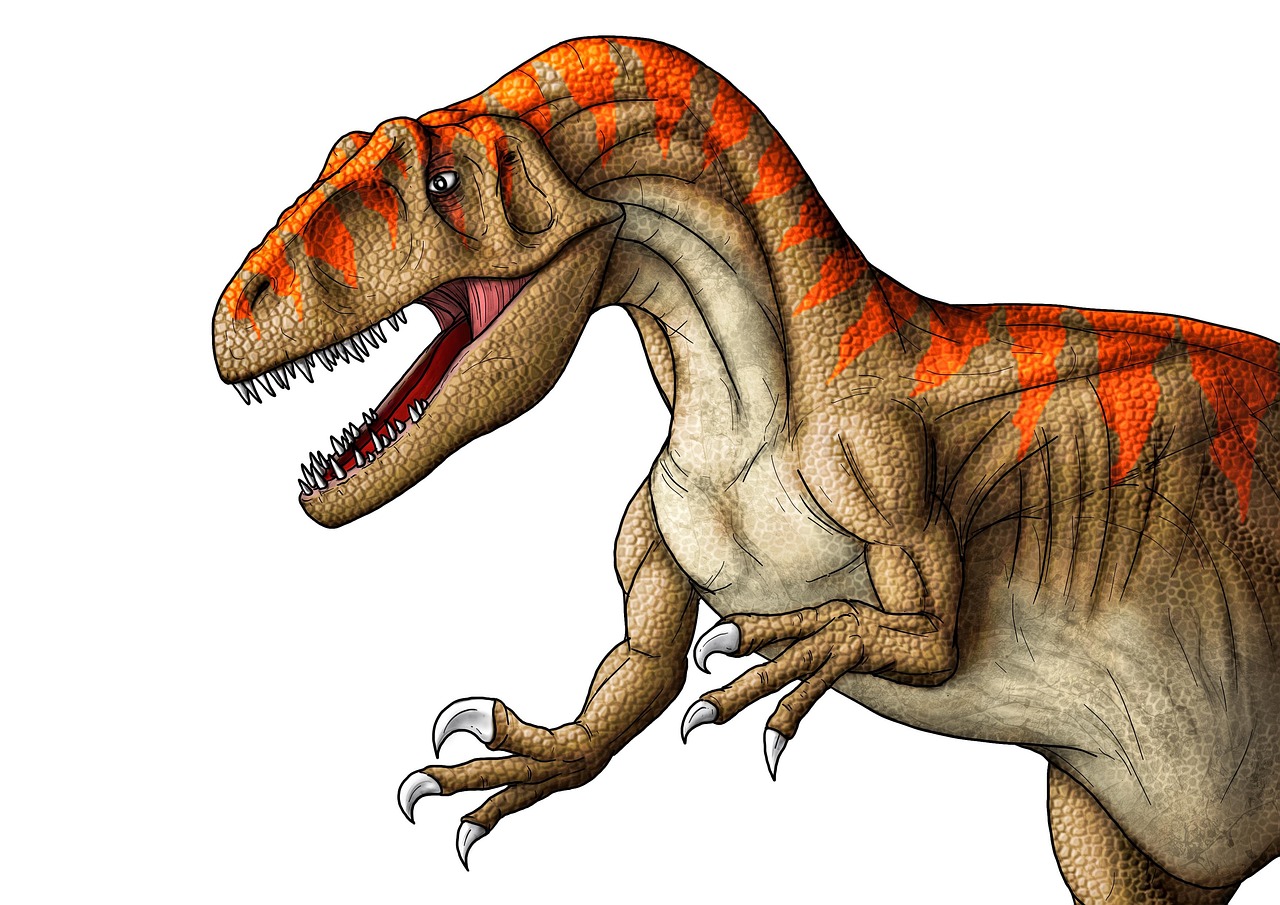
One of the most overlooked aspects of dinosaur resurrection is the fact that successful development requires more than just the right DNA sequence. Living organisms rely on complex systems of regulatory proteins, enzymes, and other molecular machinery that help translate genetic information into actual biological structures. This “genetic toolkit” is just as important as the DNA itself, and it’s completely absent from the fossil record.
Even if we could somehow reconstruct a perfect dinosaur genome, we’d still need the specialized proteins and enzymes that help genes function properly during development. These molecular machines evolved alongside dinosaurs over millions of years, and they’re just as extinct as the dinosaurs themselves. Using modern genetic machinery to try to build ancient organisms would be like trying to run prehistoric software on a modern computer – the systems are simply incompatible.
This problem extends beyond just the initial development phase. Adult dinosaurs would have relied on countless biochemical processes that we don’t understand and can’t replicate. Their immune systems, metabolic pathways, and sensory systems all depended on molecular machinery that disappeared with the dinosaurs and can’t be recreated from fossil evidence.
Immune System Catastrophe Awaits
One of the most terrifying scenarios facing any hypothetical resurrected dinosaur would be its complete vulnerability to modern diseases. The immune systems of dinosaurs evolved over millions of years to fight off the bacteria, viruses, and parasites of their time – none of which exist today. Meanwhile, modern pathogens have had 66 million years to evolve new strategies for infecting and killing host organisms.
A resurrected dinosaur would essentially be an immunological sitting duck, with no natural defenses against modern microorganisms. It would be like releasing someone from the 1800s into a modern hospital without any vaccinations – their immune system would be completely unprepared for contemporary threats. The dinosaur would likely succumb to infections that wouldn’t even make modern animals sick.
This vulnerability works both ways, creating potential biosafety risks that could be catastrophic. Dinosaurs might carry reconstructed versions of ancient pathogens that could pose unknown risks to modern ecosystems. The introduction of prehistoric immune responses into modern environments could trigger unpredictable ecological consequences that we’re completely unprepared to handle.
The Parenting Problem No One Talks About
Here’s a heartbreaking reality that rarely gets discussed: even if we could successfully hatch a baby dinosaur, it would be utterly alone in the world. Most dinosaur species relied on complex social structures, with parents teaching their young essential survival skills through months or years of careful guidance. A resurrected dinosaur would have no parents, no social group, and no instinctive knowledge of how to behave like its species.
Imagine trying to raise a baby elephant without any adult elephants to teach it how to be an elephant. The psychological and behavioral development of complex animals depends heavily on social learning, and dinosaurs were no exception. Many species traveled in herds, had complex mating rituals, and displayed sophisticated social behaviors that couldn’t be programmed into a laboratory-created organism.
The isolation faced by a resurrected dinosaur would be profound and potentially devastating. Without the behavioral templates provided by adult members of their species, these creatures would likely develop severe psychological problems and would never be able to function as their evolutionary ancestors did. They’d be evolutionary orphans in the truest sense of the word.
The Staggering Financial Reality

The economic obstacles to dinosaur resurrection are almost as daunting as the scientific ones. Conservative estimates suggest that developing the technology for genetic resurrection would require hundreds of billions of dollars in research and development costs. This would involve creating entirely new fields of science, building unprecedented laboratory facilities, and conducting decades of experimental work with no guarantee of success.
The Human Genome Project, which mapped the genetic sequence of a single species we already understood quite well, took 13 years and cost nearly $3 billion. Reconstructing dinosaur genomes would be exponentially more complex and expensive, requiring the development of technologies that don’t currently exist. The research would need to span multiple scientific disciplines, from paleogenetics to developmental biology to ecological engineering.
Even if the scientific obstacles could be overcome, the ongoing costs of maintaining resurrected dinosaur populations would be enormous. These creatures would require specialized facilities, constant medical care, and completely artificial environments designed to meet their prehistoric needs. The financial burden would make dinosaur resurrection one of the most expensive scientific endeavors in human history.
Legal and Ethical Nightmares
The legal frameworks governing genetic resurrection simply don’t exist, and creating them would involve navigating a maze of ethical, environmental, and safety concerns that could take decades to resolve. Who would own a resurrected dinosaur? What rights would such creatures have? How would we regulate research that could potentially create ecological disasters?
The ethical implications are equally complex and troubling. Would it be morally acceptable to create creatures that would inevitably suffer due to their inability to exist naturally in the modern world? The act of resurrection might be seen as an act of cruelty rather than scientific achievement, forcing ancient creatures to exist in a world where they fundamentally don’t belong.
International cooperation would be essential for any dinosaur resurrection project, but achieving consensus on regulations and safety protocols would be incredibly challenging. The potential for misuse of genetic resurrection technology raises serious concerns about biological weapons and ecological warfare that governments around the world would need to address.
The Jurassic Park Scenario: Why It’s Actually Terrifying
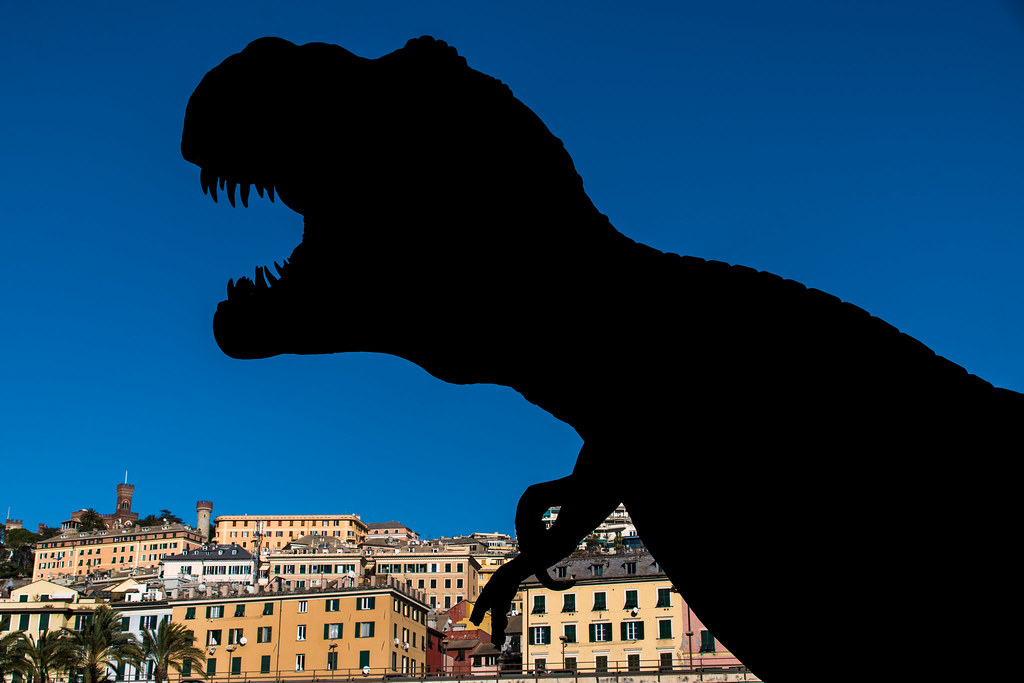
While movies make dinosaur resurrection look exciting, the reality would likely be far more terrifying than entertaining. Large predatory dinosaurs would pose unprecedented safety risks, and even herbivorous species could be incredibly dangerous due to their size and unpredictable behavior. The liability issues alone would be staggering – imagine the insurance requirements for a facility housing living tyrannosaurs.
The ecological risks extend far beyond individual safety concerns. Escaped dinosaurs could potentially disrupt modern ecosystems in ways we can’t predict or control. Even herbivorous dinosaurs could damage agricultural systems, destroy natural habitats, and compete with modern species for resources. The introduction of prehistoric animals into modern ecosystems could trigger cascading effects that might take decades to fully understand.
The psychological impact on human society would also be profound. The existence of living dinosaurs would force us to confront our place in the natural world in ways we’re not prepared for. The knowledge that creatures from our planet’s ancient past are walking among us again would fundamentally change how we think about extinction, conservation, and our responsibility as the dominant species on Earth.
The Wild Workaround: Reverse Engineering Modern Birds

Despite all these seemingly insurmountable obstacles, some scientists are exploring a fascinating alternative approach that could potentially give us something remarkably close to living dinosaurs. Rather than trying to resurrect extinct species directly, researchers are investigating whether we can essentially “reverse engineer” modern birds to express their dormant dinosaur characteristics.
Birds are living dinosaurs – they’re the direct descendants of theropod dinosaurs and still carry many genetic sequences from their ancient ancestors. Some of these genetic programs are simply switched off during development, but they’re still present in the bird genome. By reactivating these dormant genes, scientists might be able to create birds that display dinosaur-like characteristics such as teeth, long tails, or even modified limb structures.
This approach, sometimes called “reverse evolution” or “atavism induction,” has already shown promising results in laboratory settings. Researchers have successfully induced tooth development in chickens and have identified genetic switches that control tail length in bird embryos. While we’re still decades away from creating anything resembling a traditional dinosaur, this research represents the most realistic path toward bringing dinosaur-like creatures back to life.
The advantage of this approach is that it works with existing, viable organisms rather than trying to resurrect extinct ones. Modern birds already have functioning immune systems, established behaviors, and the ability to survive in contemporary environments. By gradually reactivating their dinosaur heritage, we might eventually create creatures that bridge the gap between the ancient and modern worlds.
Conclusion: The Dream That Drives Discovery
The dream of bringing back dinosaurs continues to capture our imagination precisely because it represents humanity’s desire to transcend the boundaries of time and death itself. While the scientific reality makes true dinosaur resurrection virtually impossible, the pursuit of this dream has led to incredible advances in genetics, paleontology, and our understanding of life’s complexity.
Perhaps the most valuable lesson from studying dinosaur resurrection is not about what we can’t do, but about what we can learn. Every obstacle we’ve identified teaches us something fundamental about biology, evolution, and the delicate balance of life on Earth. The impossibility of bringing back dinosaurs reminds us how precious and irreplaceable the species we still have truly are.
The ongoing research into reverse evolution and genetic archaeology may not give us the Jurassic Park we’ve dreamed of, but it offers something potentially even more valuable: a deeper understanding of how life evolves and adapts over time. As we continue to push the boundaries of what’s scientifically possible, we’re not just chasing extinct monsters – we’re unlocking the secrets of life itself.
Who knows what incredible discoveries await us as we continue to explore the borderlands between the possible and the impossible?

